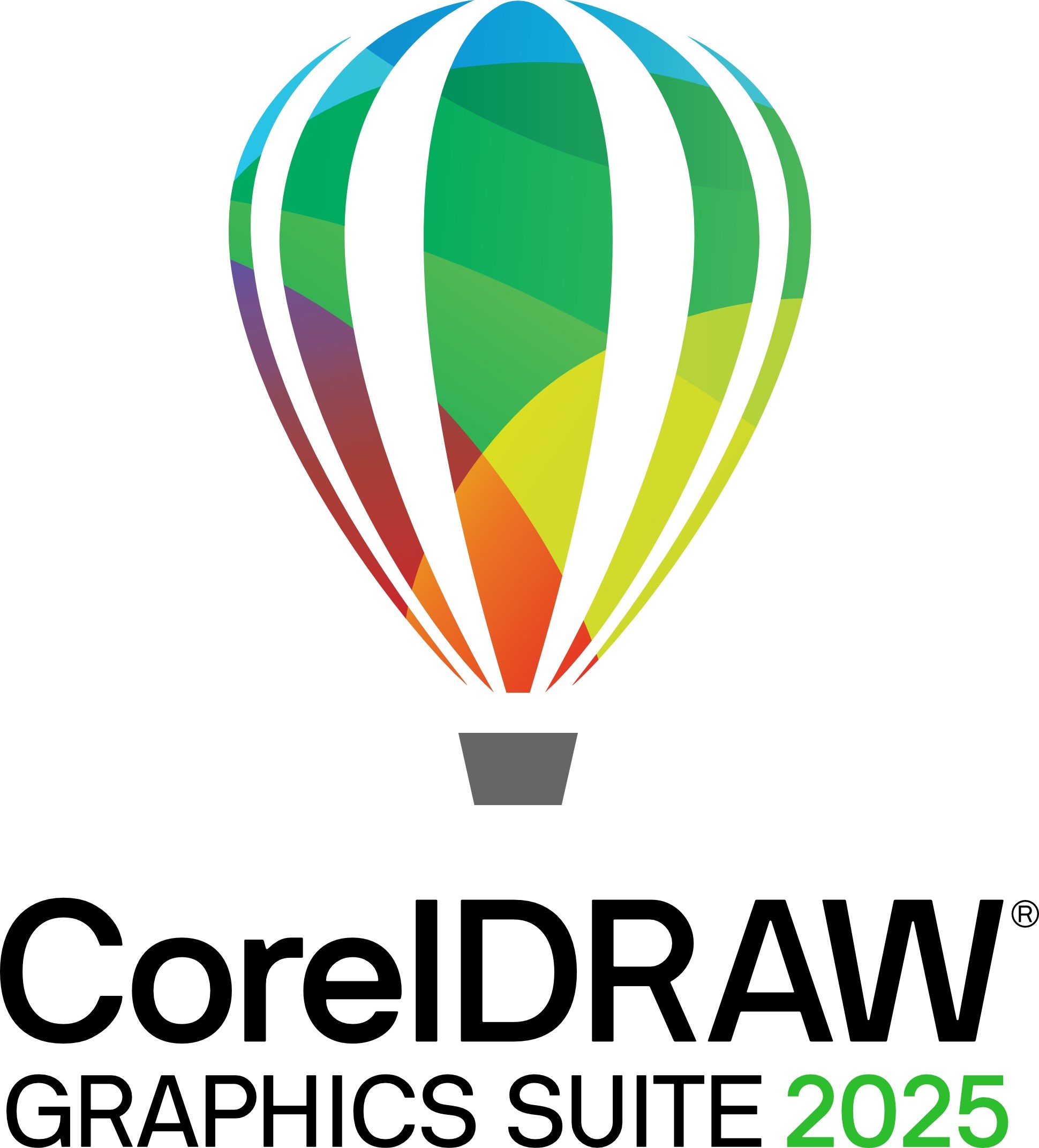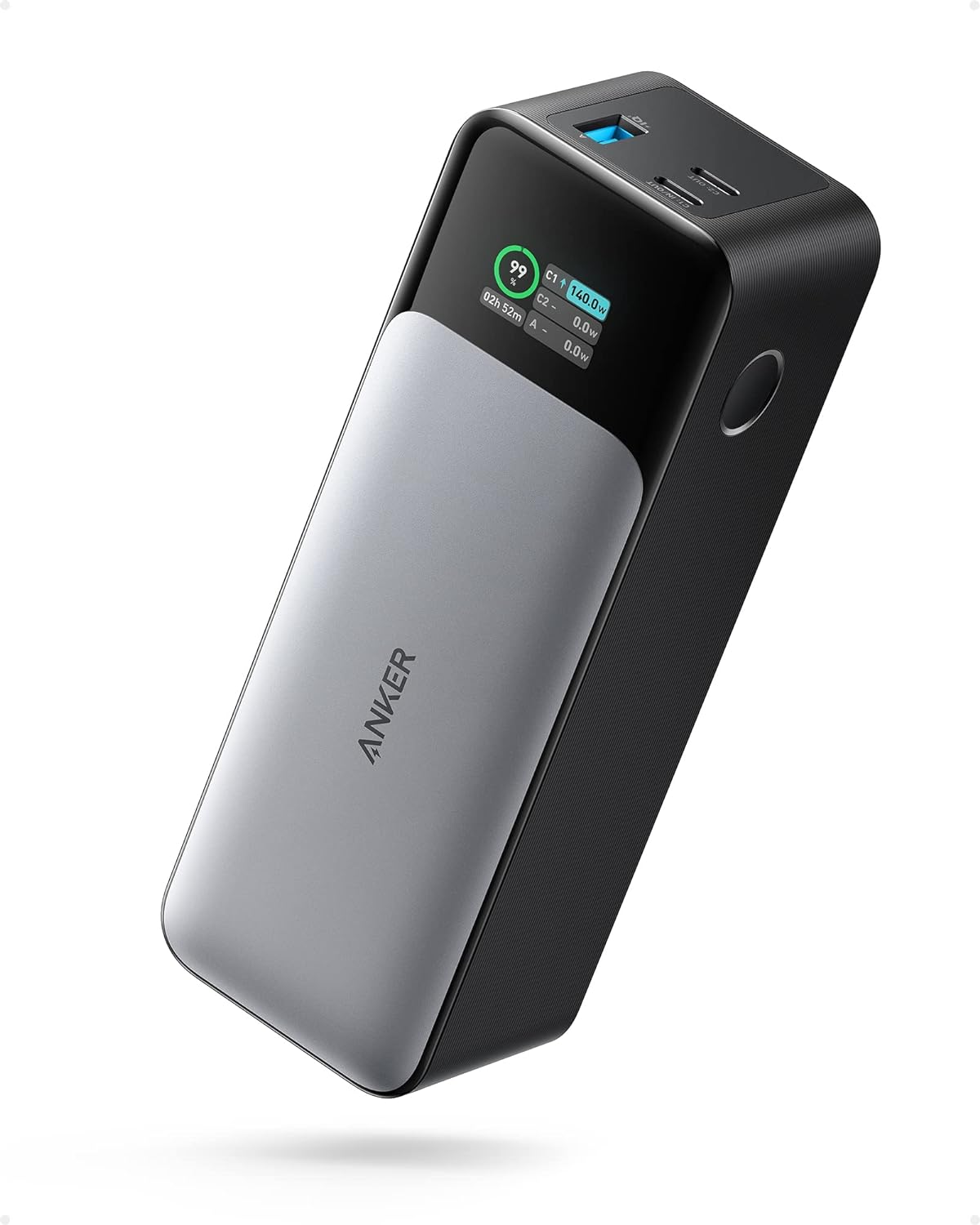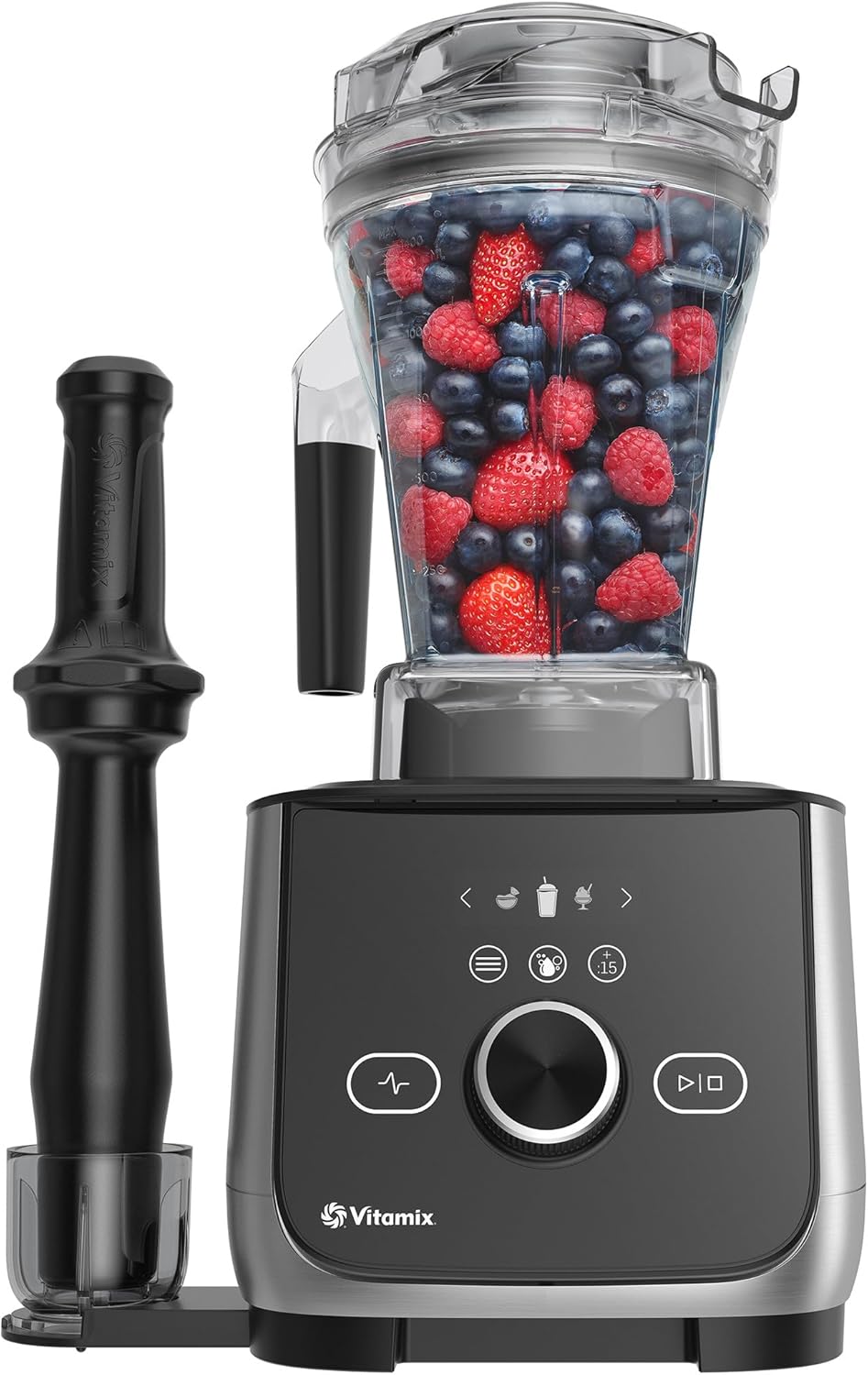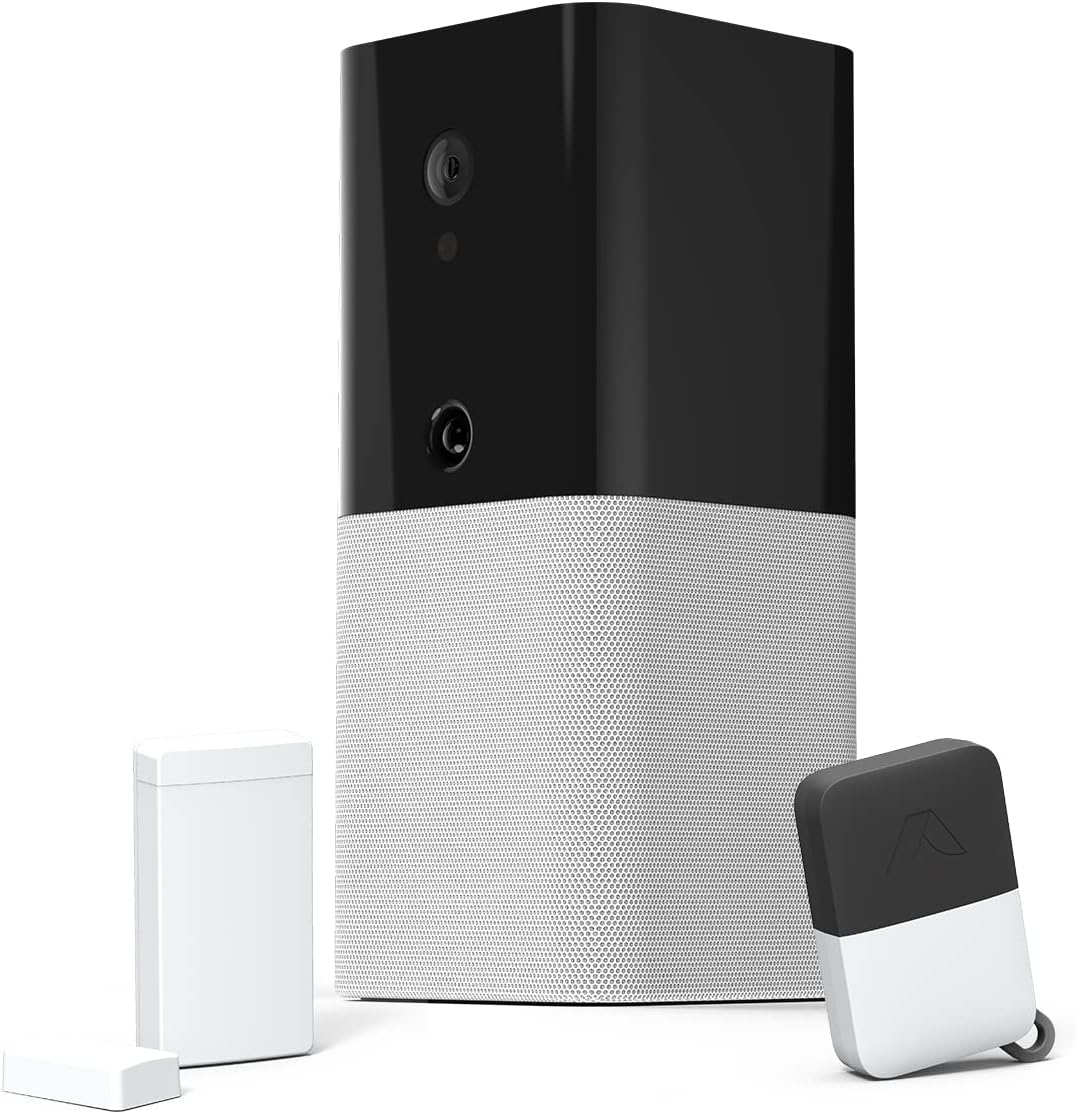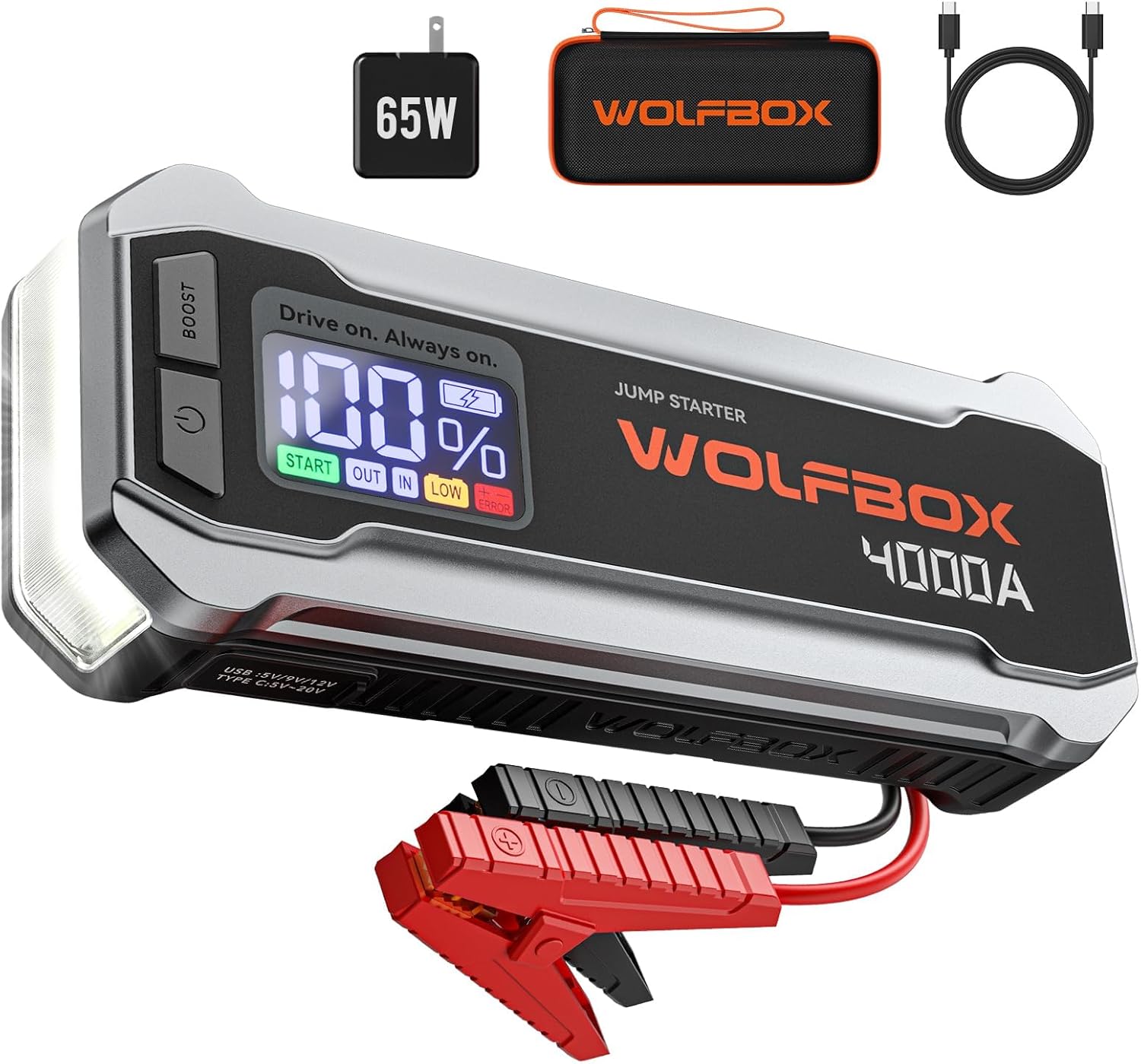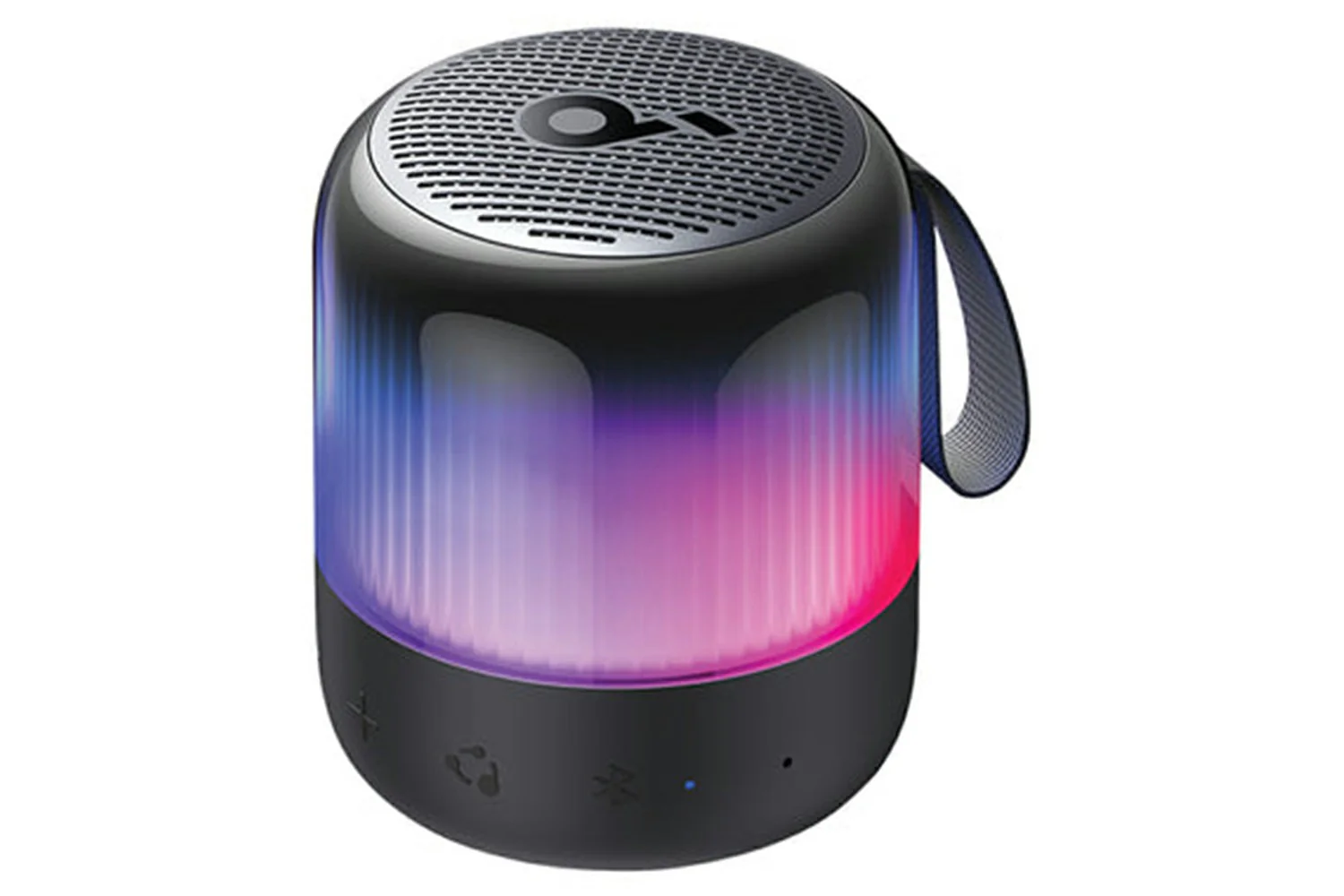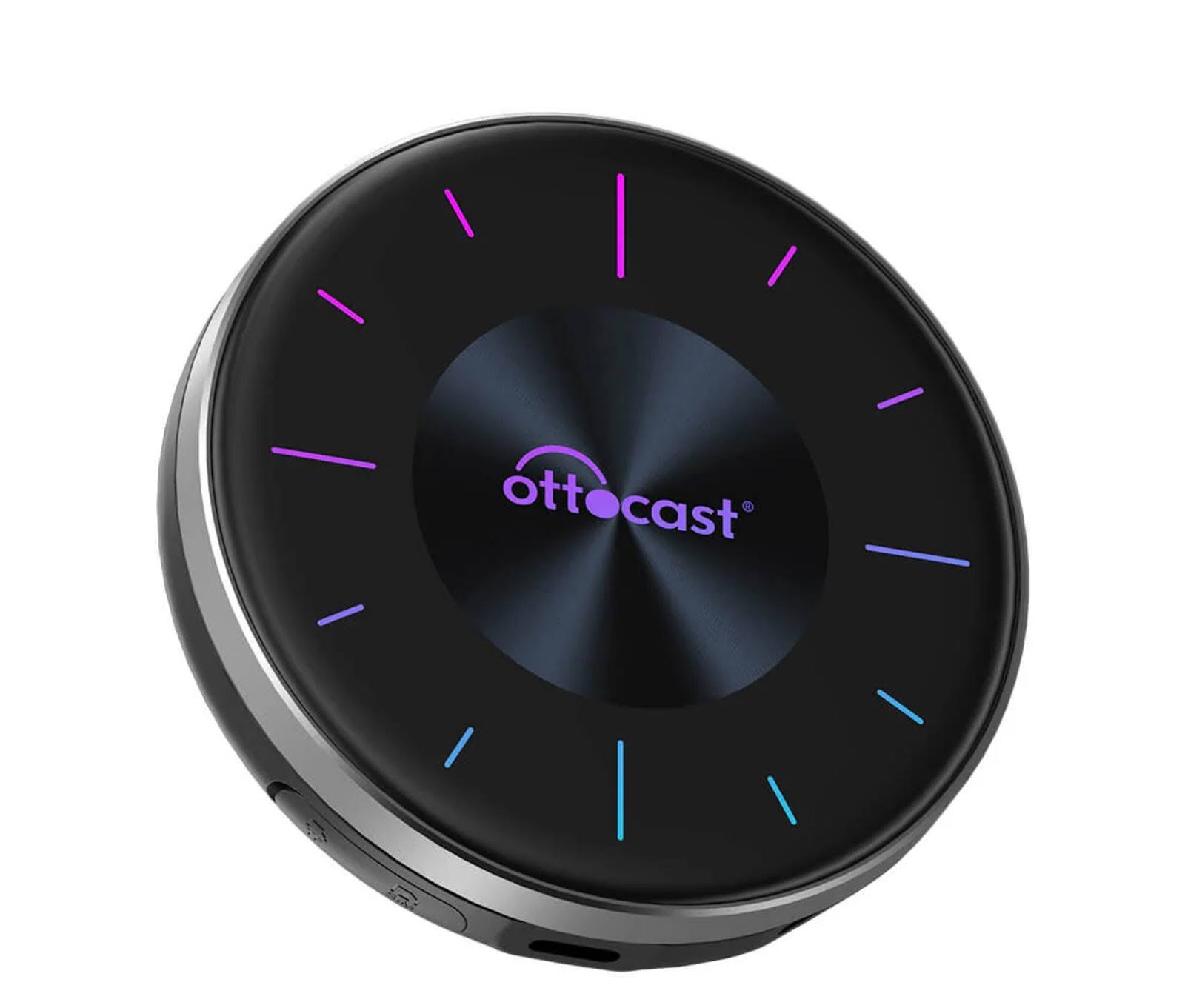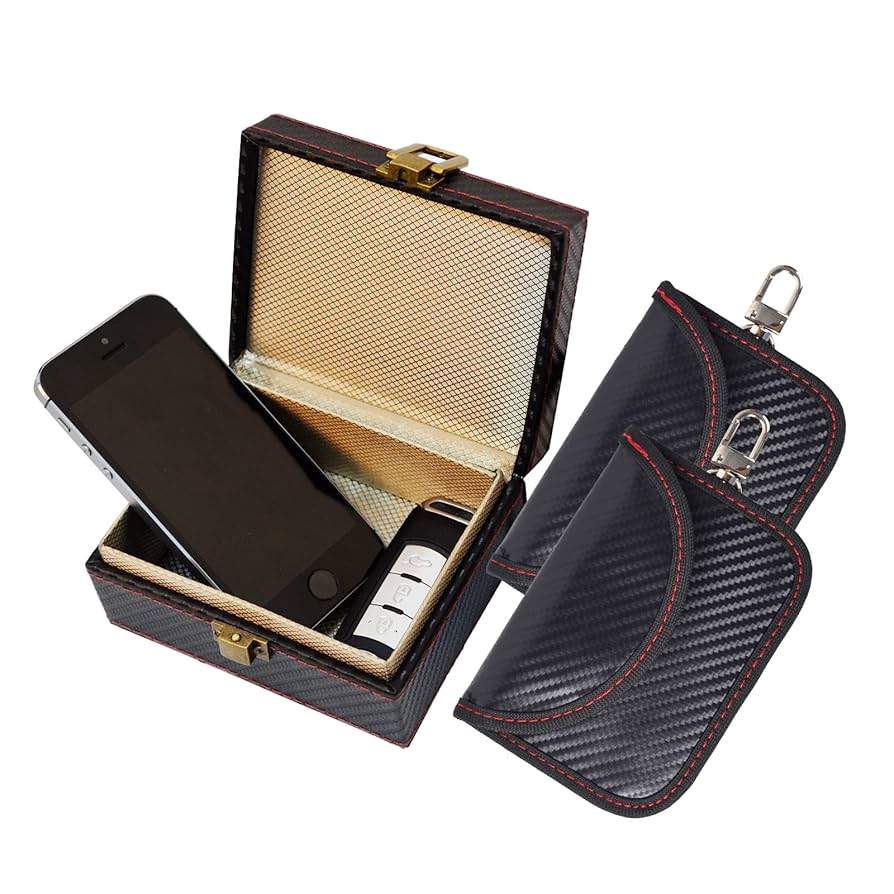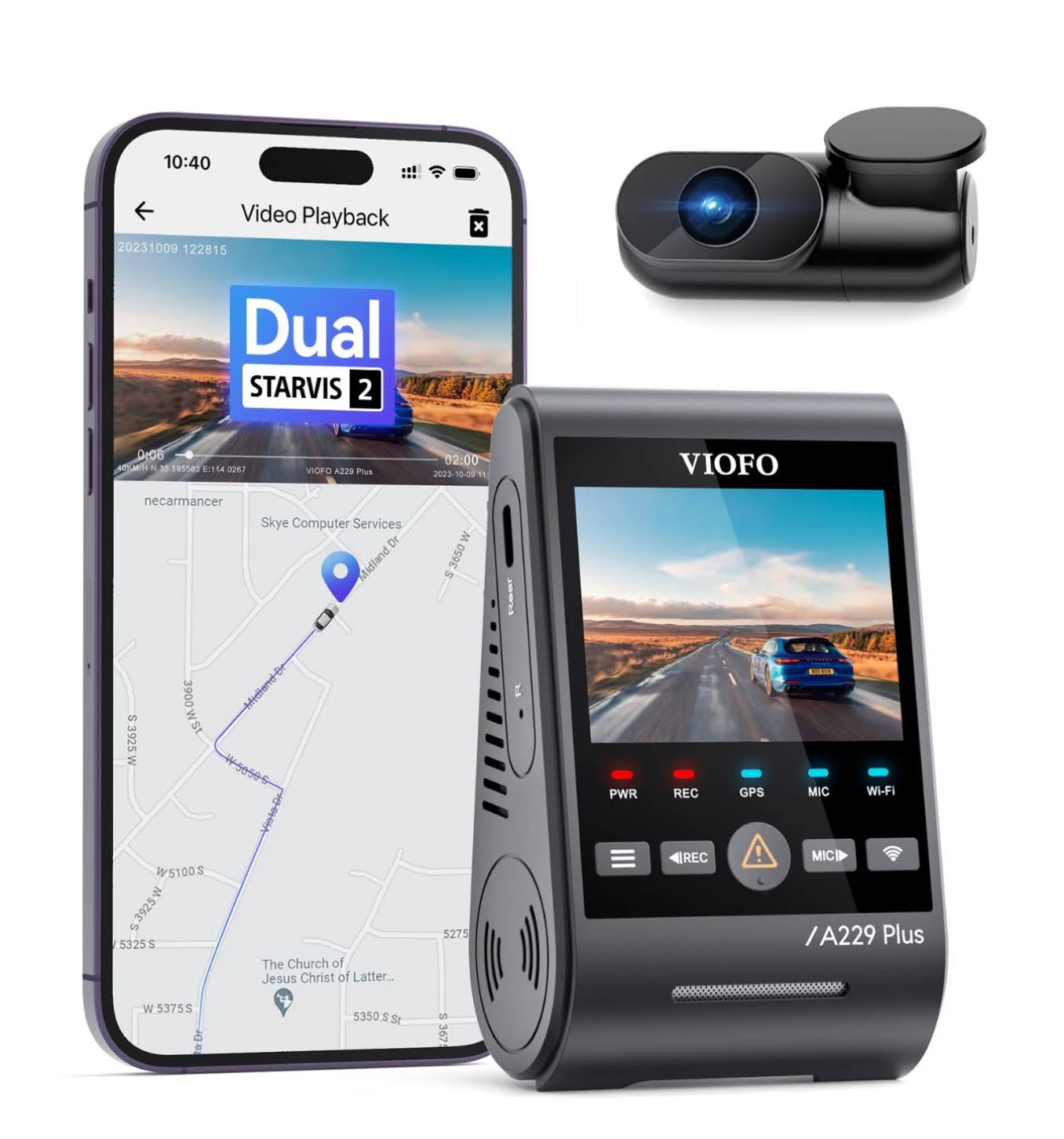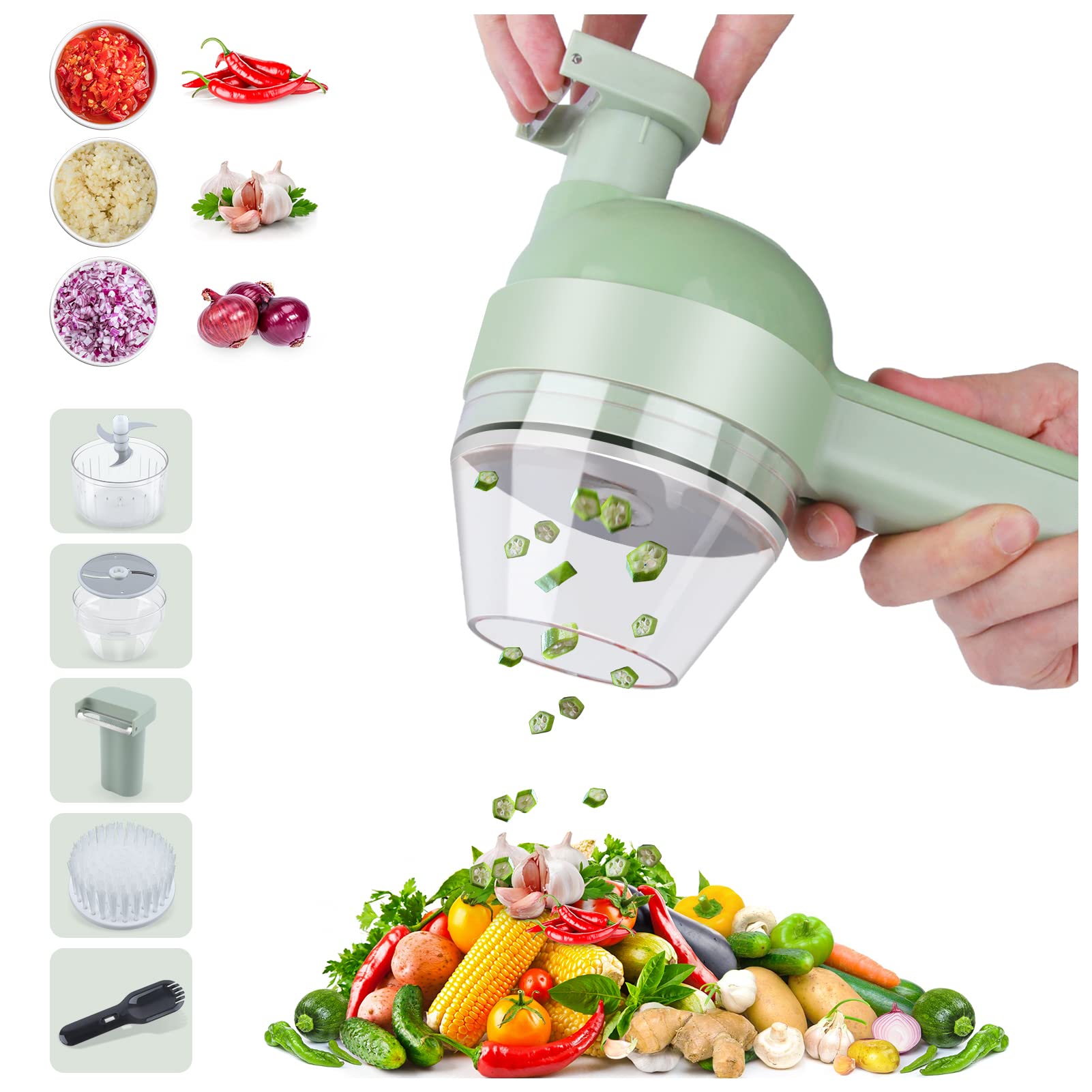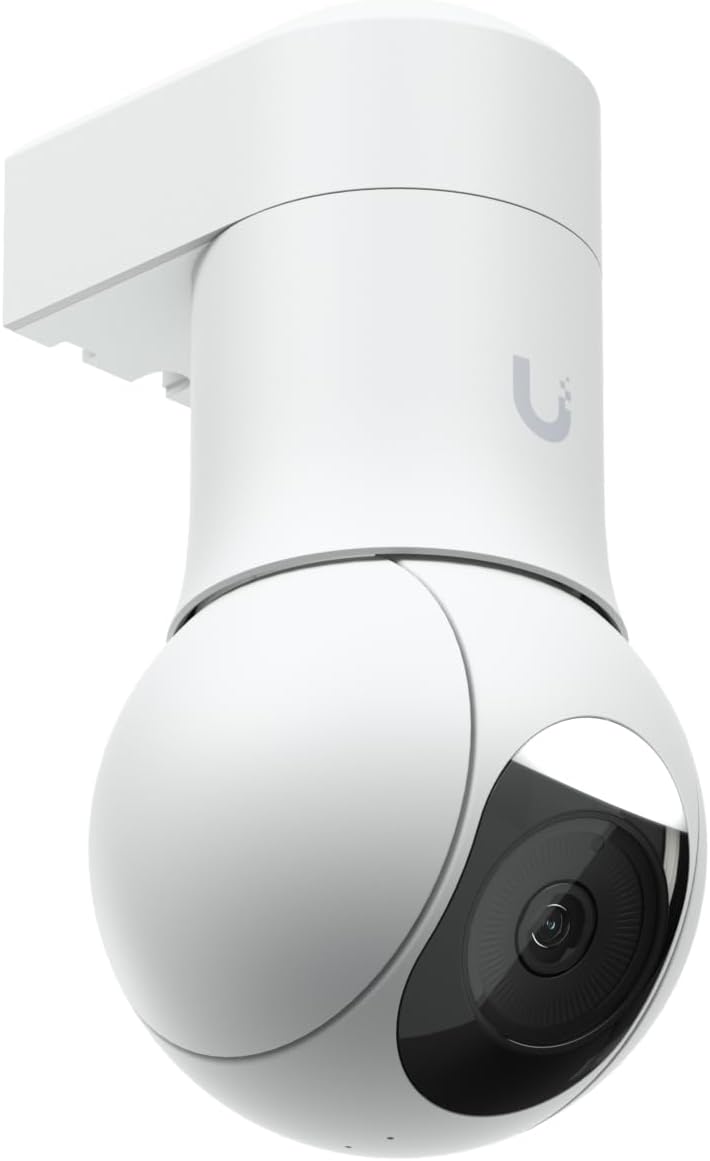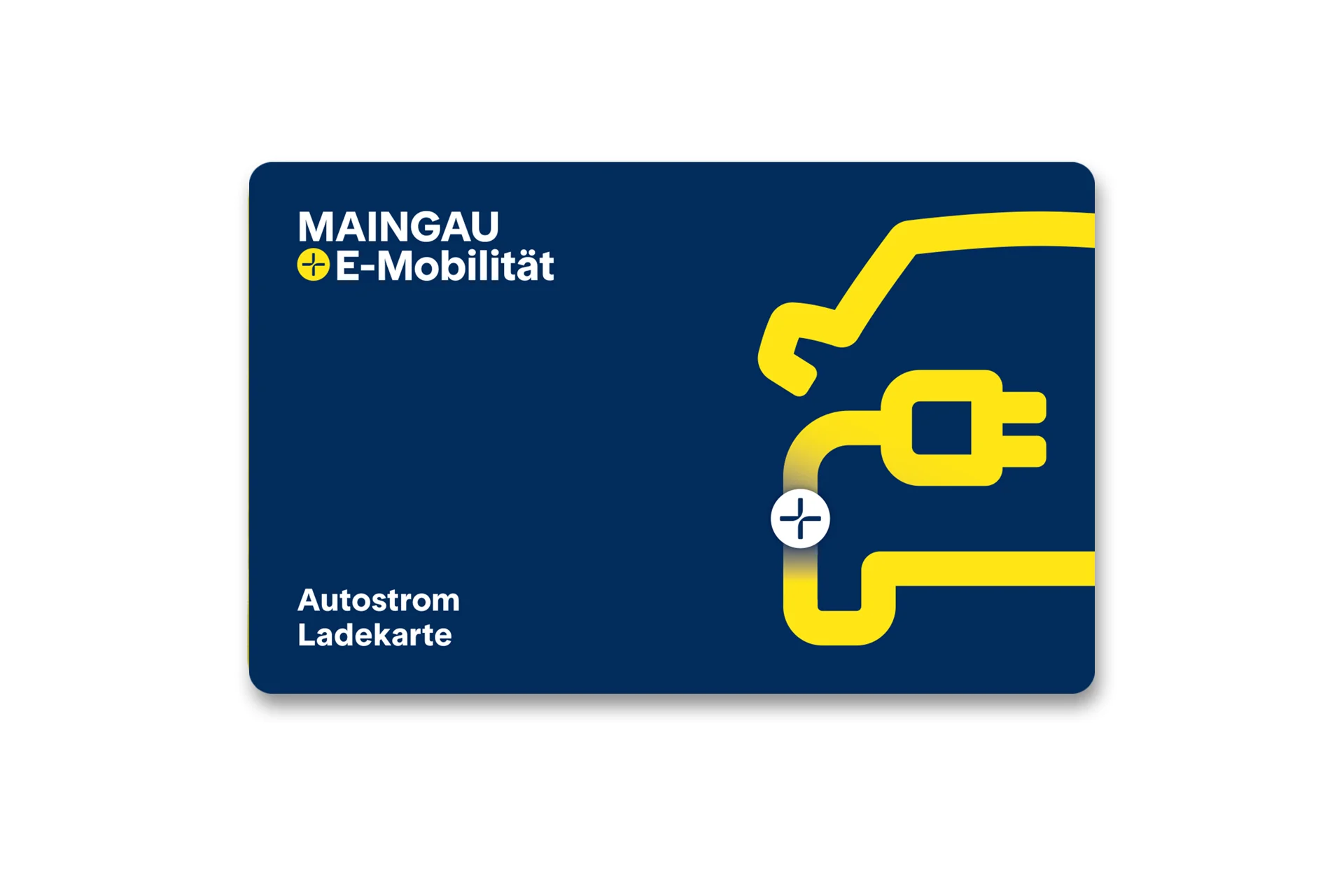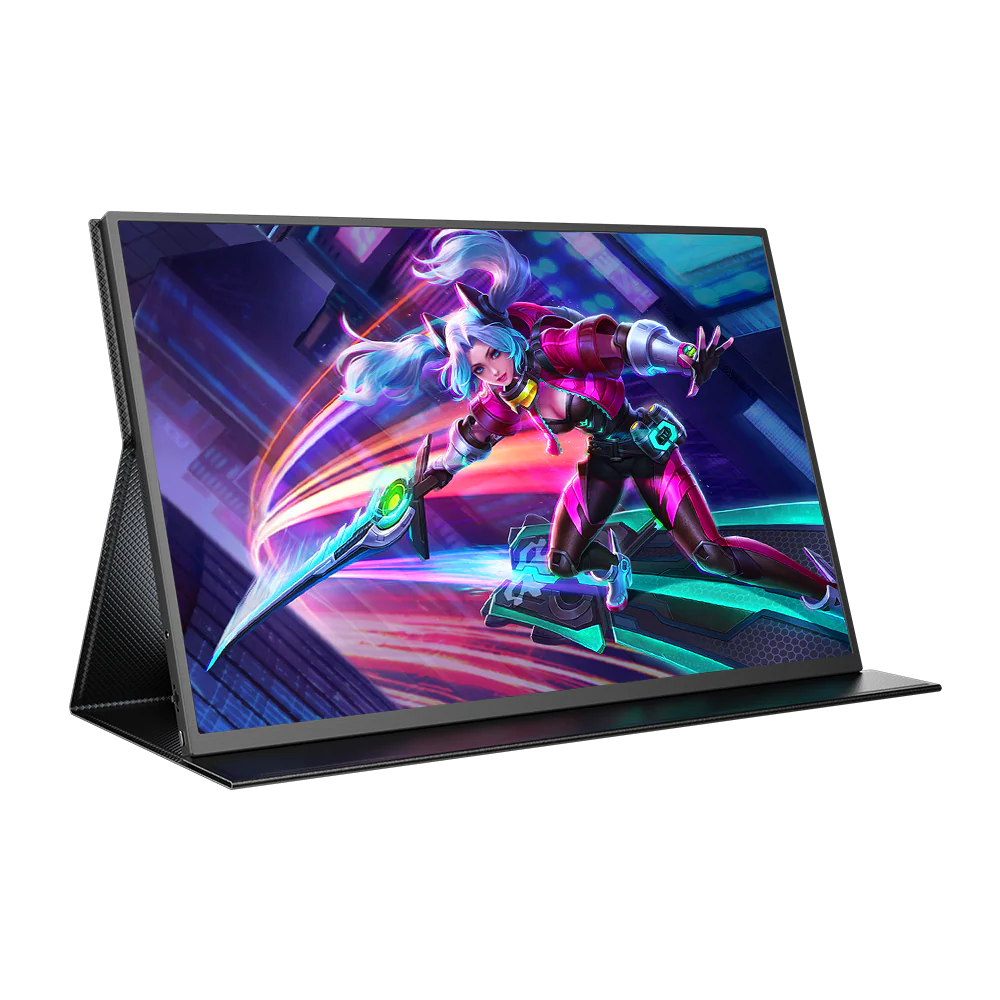Licensing should empower your work—not sit between you and the blank canvas. Whether you’re a freelancer tidying up your workflows or an IT lead rolling out design seats across a department, the right Corel license saves time, reduces risk, and keeps versions stable across your team. In this article, we’ll demystify the license types, help you map products to real-world use cases, and share deployment best practices—using Ronsoft Corel License as a practical, Hungary-based source for straightforward purchasing and renewals.
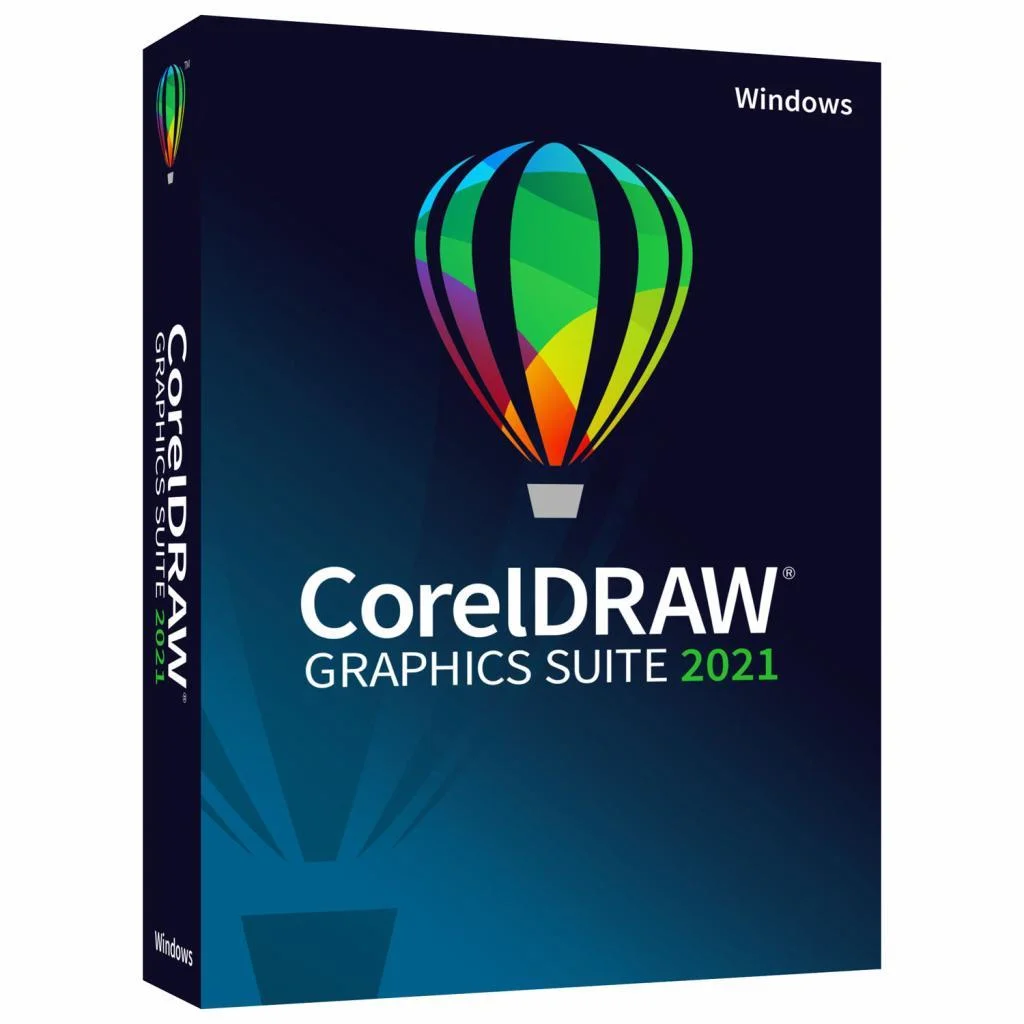
Start With the Work, Not the License
Before comparing price models, note what you actually create and how often you deliver. Graphic designers who ship brand assets weekly need vector precision and color management; technical illustrators need robust callouts and standards-compliant output; video creators need stable timelines and codecs; painters crave a natural brush engine. Let the workload pick the product; let the rollout plan pick the license.
- CorelDRAW Graphics Suite: vector-first brand design, packaging, signage, and prepress.
- CorelDRAW Technical Suite: technical illustration, parts catalogs, callouts, standards (DXF/DWG, 3D import).
- PaintShop Pro & AfterShot Pro: photo editing and RAW workflow without subscription lock-in.
- Painter: natural-media brushes and illustration realism for concept artists and illustrators.
- VideoStudio: approachable NLE with templates, motion titles, and quick exports for social and training.
When you shop via Ronsoft Corel License, you’ll see these lines grouped clearly so buyers match tools to jobs, not the other way around.
Subscription vs. Perpetual: Choose Your Stability
There’s no one “right” model—there’s the model that respects your release cadence.
Subscription makes sense if you:
- Need new features immediately for client demands or hardware support.
- Collaborate with partners on the latest file formats.
- Want a predictable operational expense with a clear renewal cycle.
Perpetual is smart if you:
- Require long-term version stability (print shops, regulated industries).
- Have strict offline environments or image-locked workstations.
- Prefer capital expense with extended use beyond major version boundaries.
Many teams blend both: perpetual on production rigs that must remain constant; subscription on exploratory machines that test features or handle file interchange with agencies.
Single-User vs. Business Seats: Think About Tomorrow
A single freelancer can thrive on a single-user license—until the first collaboration expands. Business or multi-seat licensing makes administration sane:
- Centralized seat assignment with named users.
- Consistent versioning across the team (avoid “Which version are you on?”).
- Simpler compliance and record-keeping for audits and asset management.
If you onboard and offboard regularly, named seats through a Ronsoft Corel License business plan prevent orphaned installs and activate/deactivate within minutes.
Compatibility Is Strategy: File Formats and Color
Your files have to travel. For vector workflows, check that your license includes CorelDRAW’s import/export for AI, PDF/X, EPS, and SVG. Technical teams should verify DWG/DXF round-trips and callout behavior. Photographers need RAW compatibility that tracks their cameras; video editors need modern containers and hardware-accelerated exports. Across all of these, color is the glue: maintain consistent ICC profiles, standardized PDF/X presets, and a repeatable proofing step. A stable license through Ronsoft Corel License means everyone’s ICC and presets match, which is the difference between “looks fine on my screen” and “approved at press.”
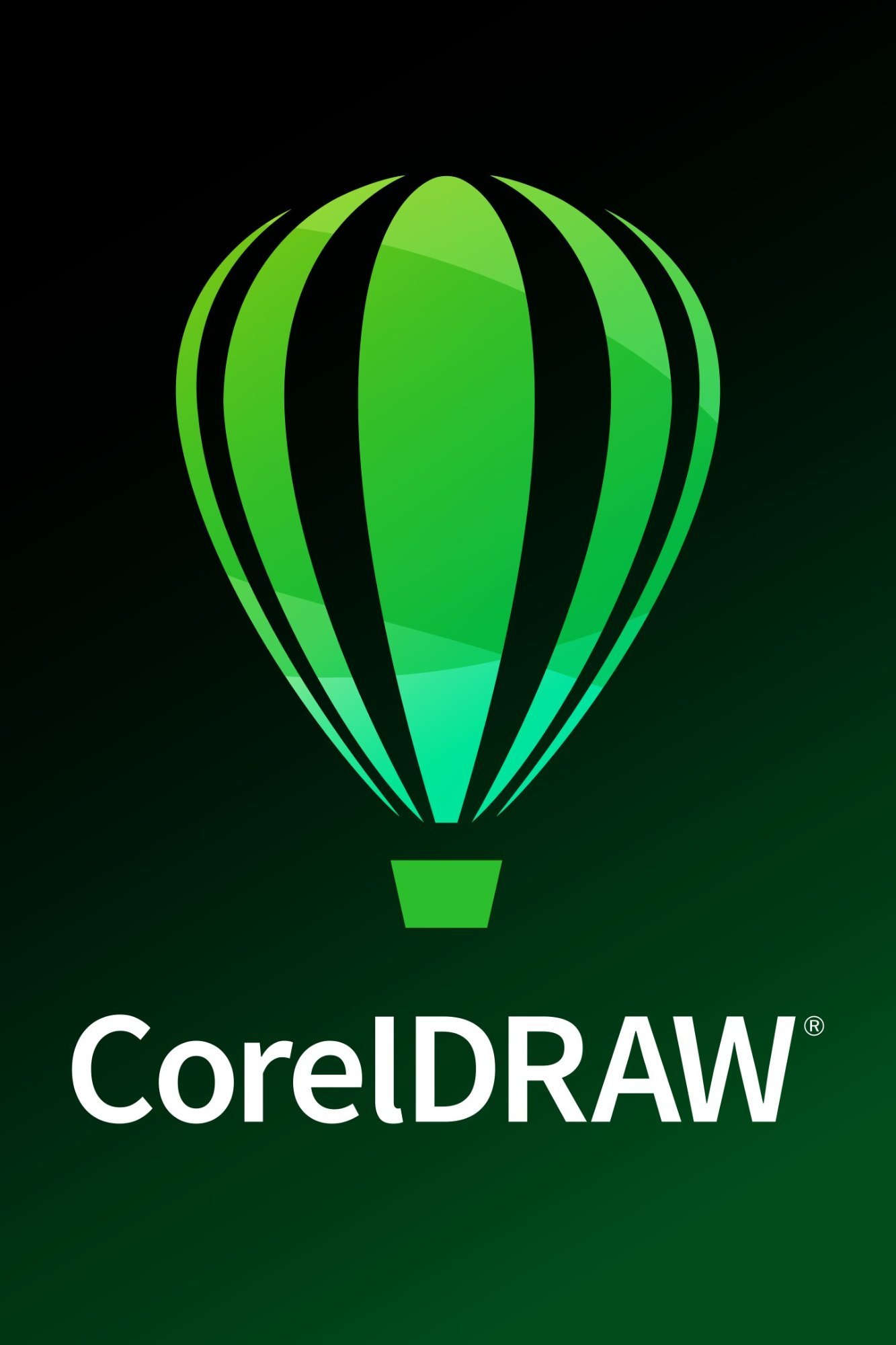
Deployment Playbook for Small Teams (Fast and Calm)
- Baseline OS & drivers: update GPU drivers and color device profiles before installs.
- Silent install or admin templates: choose the simplest repeatable method; document the command line you used.
- Fonts & assets folder: standardize a shared fonts policy (local vs. server) and a network asset path.
- Default templates: lock in document presets (A4/US Letter, CMYK/RGB profiles, bleed, grid).
- Backup routine: daily cloud or NAS snapshots for assets and libraries; weekly export of presets.
- Version hold policy: agree on how often you update; never mid-project without sign-off.
This setup pays dividends: new hires ramp in an afternoon; contractors mirror your environment in a day.
Performance Tips That Feel Like an Upgrade
- GPU acceleration: ensure compatible GPUs are enabled in app preferences for snappy canvas and effects.
- Scratch disks / temp files: route to an SSD with free space; scattered temp files cause hangs.
- Asset libraries: keep shared symbols, brushes, and palettes on fast storage; sync locally for laptops.
- Autosave cadence: strike a balance—every 5–10 minutes on large documents is safer without breaking flow.
A smartly tuned machine often beats a brute-force upgrade—especially for vector and photo workflows.
Training That Actually Sticks
Skip random tutorials. Build a focused mini-curriculum around your deliverables:
- Day 1: Workspace, tool customization, and keyboard shortcuts.
- Day 2: Color management, PDF/X export, preflight checks.
- Day 3: Team templates, shared libraries, and handoff conventions.
Have seniors record 5-minute micro-demos (e.g., “Setting up dielines,” “Expanding appearance for print”). Park them in your wiki or shared drive; now training happens on demand.
Governance Without Bureaucracy
- License ledger: store purchase dates, seats, and renewal windows in a shared sheet.
- Change control: nominate one person to approve version upgrades.
- Plugin policy: list approved add-ons and where to get updates.
- Security: keep installers and license keys in a vault; never embed credentials in scripts.
With Ronsoft Corel License, renewal reminders and consolidated billing reduce the admin drag—so your governance stays lightweight.
Mapping Products to Real Scenarios
- Brand + Packaging Studio: CorelDRAW Graphics Suite (multi-seat), standardized PDF/X and spot-color workflow, perpetual on production, subscription on prepress test bench.
- Technical Documentation Team: CorelDRAW Technical Suite with callouts and standards; DWG in/out; strict version freeze per manual revision cycle.
- In-House Video & Training: VideoStudio for tutorials and HR training modules; consistent export presets for LMS platforms.
- Illustration & Concept Art: Painter for natural media; color-calibrated tablets; periodic subscription to test new brush engines.
Different teams, one supplier: a Ronsoft Corel License bundle across departments simplifies accounting and support.
Budgeting: Spend Where It Moves the Needle
- Must-have: consistent seats for core creators, upgrade coverage for file compatibility, and at least one test seat for feature scouting.
- Nice-to-have: extra floating seat for freelancers, training budget for two micro-workshops per year.
- Save on: redundant plugins that duplicate built-in features; infrequent use-cases that can be outsourced.
Treat licensing like any other tool investment: the best plan is the one your team actually uses to ship work faster.
Support, Renewals, and Peace of Mind
A local reseller relationship pays off the first time a deadline collides with a licensing hiccup. With Ronsoft Corel License, you centralize purchase history, VAT-compliant invoicing, and renewal cadence. That visibility prevents “expired yesterday” surprises, especially across teams or campuses.
Upgrade Strategy: Don’t Break Production
Adopt a clear protocol:
- Stage & test on a non-critical workstation.
- Open legacy files, check fonts, macros, color profiles.
- Export a proof set (PDF/X, PNGs) and compare to the production version.
- Greenlight only after sign-off by the person who owns the deliverable.
It’s dull. It’s also how you avoid 2 a.m. surprises.
Freelancers and Schools: Flexible Paths
Freelancers benefit from subscription agility during peak seasons; schools often opt for lab licenses with synchronized images and classroom resets. In both cases, the recipe is the same: lock down templates and fonts, centralize installers, and schedule updates between semesters or client waves. Ronsoft Corel License supports both profiles without forcing a one-size-fits-all path.
Legal & Compliance: Keep It Clean
Respect license terms. Keep receipts. Don’t repurpose student seats for commercial work. If your environment is air-gapped, confirm activation and offline workflows with your reseller—there’s always a compliant route, but you need it documented before audit day.
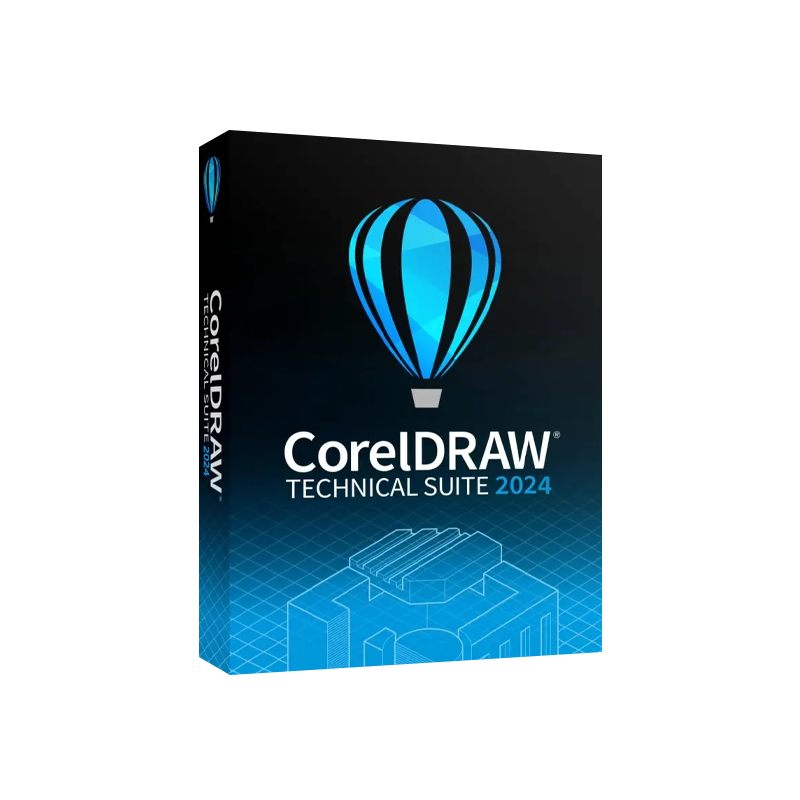
A Minimal Buyer’s Checklist (Print This)
- Product(s) mapped to actual work.
- Subscription vs. perpetual rationale written down.
- Seat count now + 12-month headroom.
- OS/hardware compatibility checked.
- Fonts/templates/presets plan.
- Test machine policy and upgrade calendar.
- Centralized storage for installers/keys.
- Renewal dates saved to shared calendar.
Lock these eight and your licensing stays boring—in the best way.
Conclusion
Creative momentum loves clarity. Choose the Corel product that mirrors your deliverables, decide on subscription or perpetual based on how often you must update, and deploy with a tiny set of rules that everyone can follow. With the curated offering behind Ronsoft Corel License, you get transparent options, clean invoicing, and local support—so your team stays focused on design, not paperwork. Build once, document lightly, and get back to shipping great work.
FAQ
- What’s the quickest way to decide between subscription and perpetual?
If you need frequent format parity and new features, choose subscription. If your pipeline demands a frozen toolset, choose perpetual and schedule upgrades. - How many seats do I need?
Count core creators, add one spare for contractors or peaks, and include a test seat for safe upgrades. - Can I mix Windows and macOS?
Yes—just verify platform support for the specific Corel product and keep fonts and color profiles synchronized. - How do I keep versions aligned across a team?
Nominate a version owner, set an upgrade calendar, and block mid-project updates. Use admin installers where available. - What about fonts and missing assets?
Standardize a font source and shared asset folder. Package jobs with fonts/links when archiving or handing off. - Will my old files still open?
Usually yes, but test critical legacy files on a non-production machine before upgrading the whole team. - Do I need GPU acceleration?
It helps canvas performance and effects. Keep drivers current and route temp files to an SSD. - How do renewals work with a reseller?
Purchase history and renewal dates are centralized; you’ll receive reminders and a single VAT-compliant invoice through Ronsoft Corel License. - Can I run offline?
Many environments can operate with limited connectivity, but plan activation and updates with your reseller in advance. - What’s the one thing teams forget?
Templates and color. Define them once, share them, and you’ll save more time than any single hardware upgrade.

